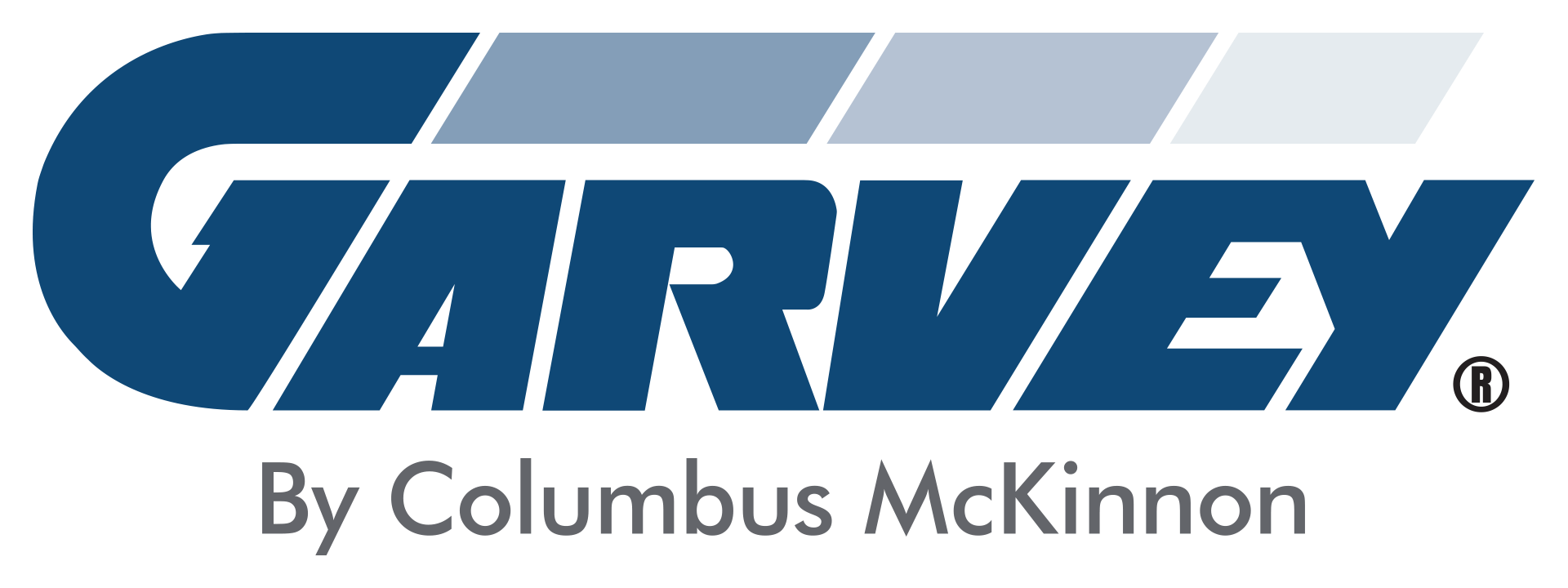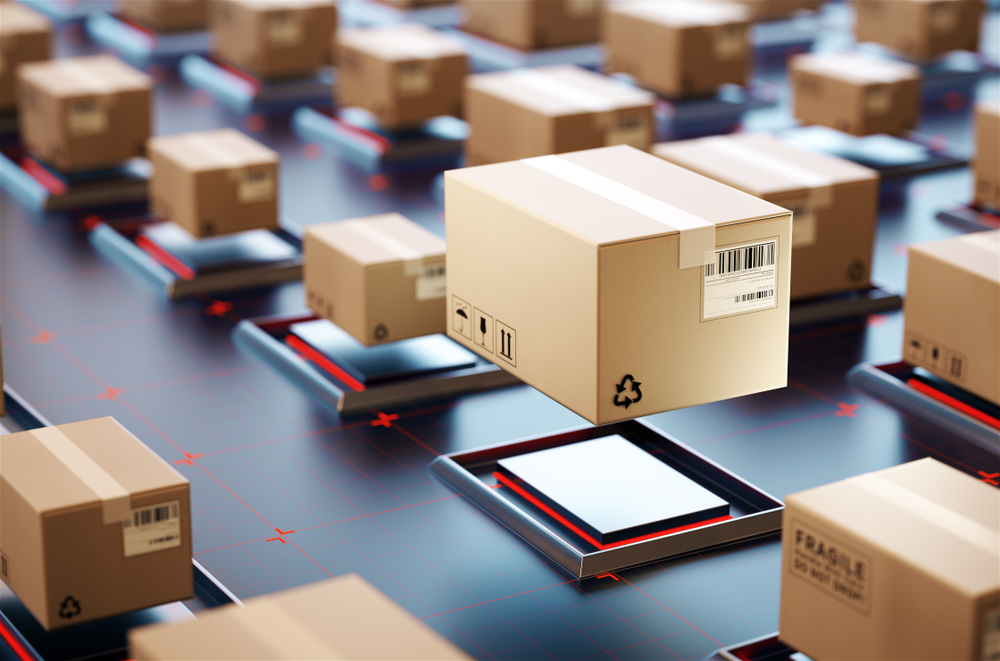Accumulation systems are designed to keep your line moving steadily and safely. By creating buffers or queues at the line’s beginning, middle, and endpoints, accumulation systems mitigate issues that can cause downtime and reduce your overall throughput.
Depending on the type of product, materials used, and the application, there are many different benefits and uses for accumulation systems on the line, including the following:
- Manage upstream and downstream capacity. If there is a machine malfunction, downtime, or imbalance between upstream and downstream capacity, accumulation systems can reduce congestion and jams without a complete line shutdown.
- Single file, unscramble, and queue products while maintaining line speed.
- Create buffers at different parts of the line for processes that may require varying amounts of time to complete.
But there’s a catch…
As essential as accumulation is to increase throughput, some accumulation methods can cause backpressure, leading to collisions and product damage on your line.
We want you to have accumulation systems on your line that maximize your productivity and minimize your costs, so we will explain how backpressure occurs and ways to prevent it from affecting your throughput and product integrity.
What is backpressure?
Accumulation is necessary and beneficial to the line. But many traditional accumulation methods cause products to stack up behind the lead product, creating a buildup of pressure between the products. This “piling-up” of products is otherwise known as backpressure.
Many different factors can affect backpressure, including load weight, the frequency of accumulation, and the conveyor line length. A longer conveyor line, for example, will exert more backpressure than a shorter one.
Why is reducing or eliminating backpressure so important?
In traditional accumulation systems, products may touch or collide because of backpressure, potentially causing damage and slowing down the line. This is compounded because the conveying belt or chain underneath the stationary products may continuously move, creating unnecessary friction and wasted energy.
In some instances, minimum amounts of pressure may be acceptable, such as when loads are the same size or weight, and load shifting isn’t a problem. But in these scenarios, you will need to accept that there may be some flaws and discoloration in the final packaging, which would probably be unacceptable for many applications.
What are the consequences of backpressure?
Let’s say you are working with unstable or delicate products on the line that could be significantly affected by even the slightest collision. You certainly wouldn’t want glass vaccine vials to be hitting against one another as that could lead to broken glass and product loss.
Collisions are not ideal for products with labels or precise coloring in their packaging either. They could rub against each other, leading to discoloration and damaged labels, affecting compliance and branding.
Plants may need to slow down the line, schedule frequent stops, adjust labor and processes, or implement larger conveyor systems with heavy-duty components to manage backpressure. These solutions and tactics lead to higher costs and upkeep, reduced throughput, more noise, and increased risk.
How do we address backpressure challenges?
At Garvey, we are driven to maximize throughput, so we designed a solution to eliminate backpressure. Hence, our clients never have to worry about slowing down their line or adjusting their workforce to account for backpressure in accumulation.
We developed patented pressureless loop technology to allow products to ride along with the conveyor. The conveying belt or chain never moves under the stationary products, and there are no dead plates between the conveyors.
This eliminates the possibility of collision and creates a quieter, safer environment for our customers’ teams to work with products of varying types, weights, and dimensions. It also enables plants to take full advantage of the benefits of accumulation while not having to deal with backpressure and other drawbacks.
H3: Does our pressureless loop technology really eliminate backpressure and collisions?
We created a video demonstration where we placed an egg with 800 reverse tapered wine bottles on one of our Infinity™ accumulators. Things would have gotten messy quickly in a traditional accumulation system, but you will see how our patented pressureless loop technology creates the perfect nest for the raw egg. This will work for any delicate or unstable products as well.
;
H2: Contact Our Team to Schedule a Line Analysis
As you might imagine, there are many different variables and factors that affect the right type and amount of accumulation needed. Product type, costs, throughput, line speed, workforce, and the size of your facility will all impact which accumulation systems may be best for you.
We encourage you to schedule a line analysis today to learn more about your options. See how our patented pressureless loop technology can help you eliminate backpressure and increase your throughput overall.




